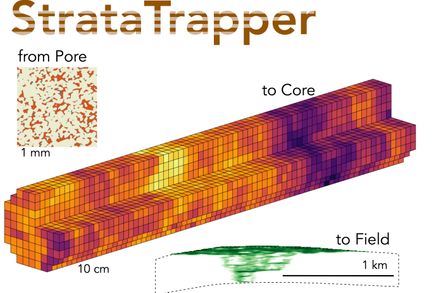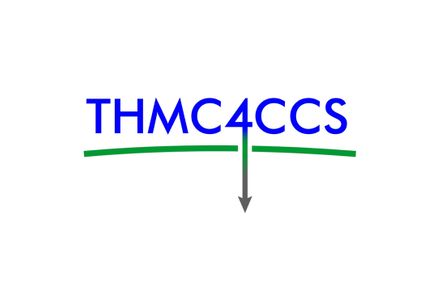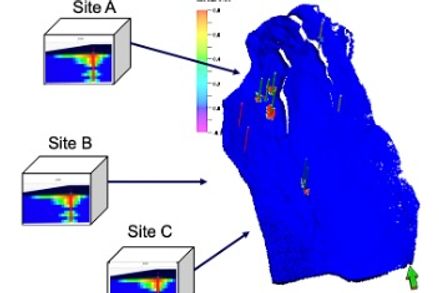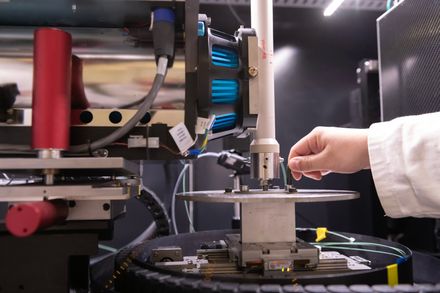BibTex format
@article{Franchini:2019:10.1016/j.advwatres.2018.11.016,
author = {Franchini, S and Charogiannis, A and Markides, CN and Blunt, MJ and Krevor, S},
doi = {10.1016/j.advwatres.2018.11.016},
journal = {Advances in Water Resources},
pages = {1--8},
title = {Calibration of astigmatic particle tracking velocimetry based on generalized Gaussian feature extraction},
url = {http://dx.doi.org/10.1016/j.advwatres.2018.11.016},
volume = {124},
year = {2019}
}





